By Sergio Rodriguez Gelfenstein
The most important global event of this year is the commemoration of the 80th anniversary of the Soviet victory in the Great Patriotic War and the Nazi-fascist defeat in Berlin on May 9, 1945.
At a time when fascism and the extreme right are trying to “raise their heads”, once again supported now by countries that eight decades ago confronted them and gave the lives of some of their best sons to free humanity from this plague, it is well worth remembering how that feat was structured in the final stretch of the fighting.
Today, the United States and Europe, acting as allies of Ukrainian neo-Nazism, foment war in that country. Simultaneously, they act as promoters, financiers and suppliers of the weapons that have allowed the genocide in Palestine. On top of that, they are trying to distort history.
Hence, it is necessary to recall the feat of the peoples of the Soviet Union and refresh our memory so that the old remember and the new generations learn and do not forget the costs that were and are incurred to maintain a world free of fascism, Nazism and Falangism.
80 years ago: Fighting takes place in the same areas as today
80 years ago on these days, the fighting was taking place in the same territories as now; the cities, forests and mountains of Ukraine and also of Belarus were the epicenter of the Soviet offensive. Just as now, the fascists are trying to structure a desperate defense. Just as 80 years ago, today they will be defeated.
Despite the harsh capitulations suffered by the Hitlerite army after the Battle of Stalingrad in February 1943, at the end of 1944 the German armed forces retained the capacity to carry out defensive actions that allowed them to delay their imminent defeat. Hitler still had 9,400,000 troops, of which 5,400,000 were directly involved in military operations, the majority of them (68.5%) on the Eastern Front, which was trying to prevent the Soviet Red Army from breaking into Germany.
Since June, the United States and Great Britain have been carrying out the “walk” that began in Normandy against a depleted Nazi army that was concentrating its largest and best forces in the east. That Hollywood says otherwise is part of the game of a continued lie that seeks to falsify history. That is what it was created for: it is the great American apparatus of lies, today in danger of destruction by the voracity of the fires that the most powerful country in the world has not been able to prevent.
The Soviet military High Command determined that the main line of the offensive should be developed from Byelorussia in the direction of Poland. Therefore, two of the most prominent military strategists were appointed to the decisive responsibilities in the offensive: Marshals Georgy Zhukov to command the 1st Front and Konstantin Rokossovsky for the 2nd Byelorussian Front. Preparations immediately began for what was to be the final battle against the Hitlerite army. Although Supreme Commander Joseph Stalin did not set a fixed date for the start of operations, it was estimated that they should begin between January 15 and 20, 1945, exactly 80 years ago. The general staffs immediately set about preparing plans, logistics and combat assurances for the eventual battle.
A substantial difference from past actions was that, when the Soviet armed forces invaded Poland, they would not have the intelligence that the partisans organized by the Communist Party had provided in Ukraine and Belarus. The Soviet armed forces were preparing to leave their homeland after its liberation following three and a half years of fascist occupation. Soldiers and officers were instructed that they would not invade foreign territory as occupation troops or as conquerors, but as liberators of countries oppressed by the fascist boot. In reality, and with a few exceptions, the Soviet army was received in Poland with displays of friendship from the people and authorities of that country. Unfortunately, the current Polish leadership has forgotten this and today encourages the fascist practices that the Hitlerites implemented on their territory against their own people.
In preparation for the operations and with the aim of fine-tuning cooperation between fronts and armies, large units carried out various exercises that simulated future combat. Secrecy was essential. Although there were always doubts, the enemy did not learn of the plans despite the huge contingent of troops that were moving to the starting point of the operation. In this way, the Nazis could not use to their advantage possible errors made in the planning of a battle that would take place in an unknown territory, which – to that extent – gave advantages to the occupying Hitlerite army.
Operation Vistula-Oder
This operation, which was initially called Warsaw-Poznan, was renamed Operation Vistula-Oder, highlighting the importance of crossing these two great rivers for the success of the maneuver. The enemy was kept in the dark about the fact that the main idea of the actions was not aimed at taking Warsaw from the east. In addition, a strong combat reconnaissance was planned in order to detect the dislocation of the enemy forces and their probable idea of actions.
The surprise was total, the fascist army retreated from the front edge to the depth, and on January 14, the order was given to the 1st Front to go on the offensive along the entire line, forcing the enemy to hastily abandon the capital of Poland, but not before subjecting it to absolute devastation and the extermination of its inhabitants. Tens of thousands of Poles were killed by the retreating Nazi troops. Warsaw was liberated on January 17. This week, we will commemorate the 80th anniversary of such an important historical event.
In his report to Stalin, Marshal Zhukov informed: “The fascist barbarians have destroyed Warsaw, the capital of Poland. With sadistic cruelty the Hitlerites have destroyed one block of houses after another. The large industrial enterprises have been wiped off the face of the earth. Tenement houses have been blown up or burned down. Municipal facilities have been destroyed. Tens of thousands of inhabitants have been exterminated and the rest expelled. Warsaw is a dead city.”
Almost simultaneously, the 2nd Byelorussian Front went on the attack on January 13, and the 3rd Byelorussian Front (under Marshal of the Soviet Union Ivan Konev) had done the same the day before. The capture of Warsaw did not stop the Soviet offensive, which became uninterrupted in the face of the Nazi army’s inability to react. On the 19th, Lodz (140 km southwest of Warsaw) was occupied, and on the 23rd, Bydgoszcz (300 km northwest of Warsaw). The offensive continued at an astonishing pace, but the flanks had to be guarded so that no front was left unguarded by advancing faster than its neighbors, which required an impeccable effort of planning, organization and execution. Stalin followed the events day by day and hour by hour, authorizing the introduction of the necessary reserves to allow the success to be exploited.
On January 31, the vanguard of Soviet troops pressed on the Oder River that marks the state border between Poland and Germany and occupied a bridgehead 490 km west of Warsaw. Berlin was just over 90 km away. The final objective was close. The next few days would be hard, but the certainty of victory strengthened the will and fortified the spirit. Eighty years later, the air of victory is once again in the air. Fascism and its sponsors will once again be defeated, and the world will be able to celebrate the triumph of justice against dark forces that seek to reverse the course of history.


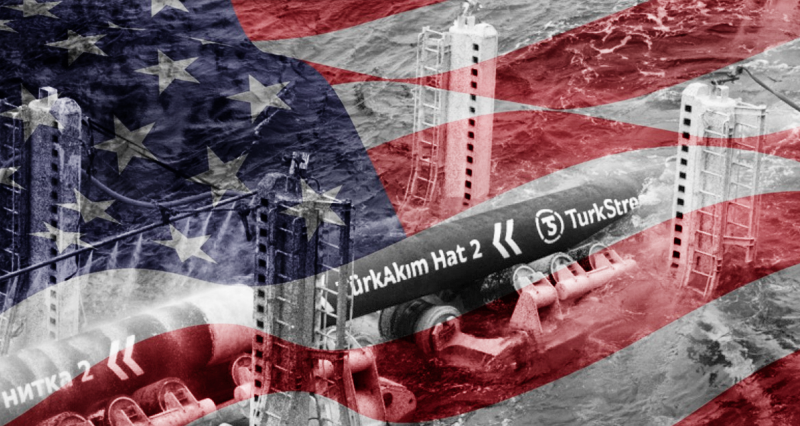

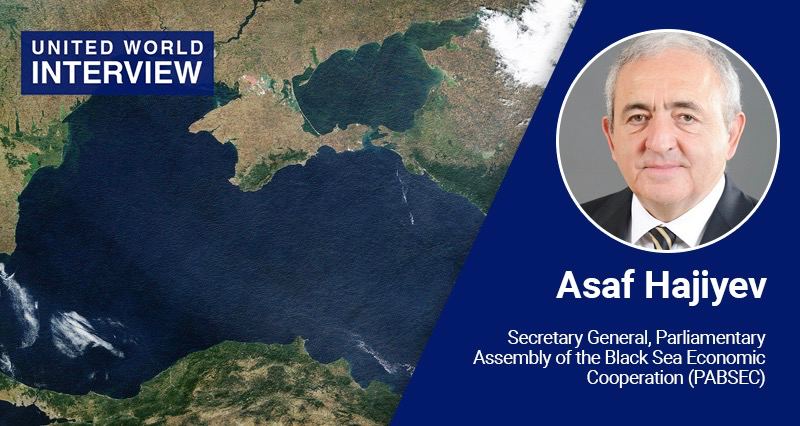
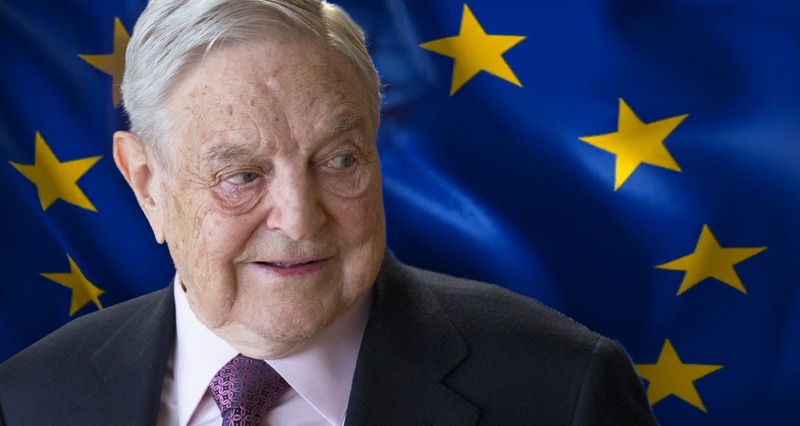

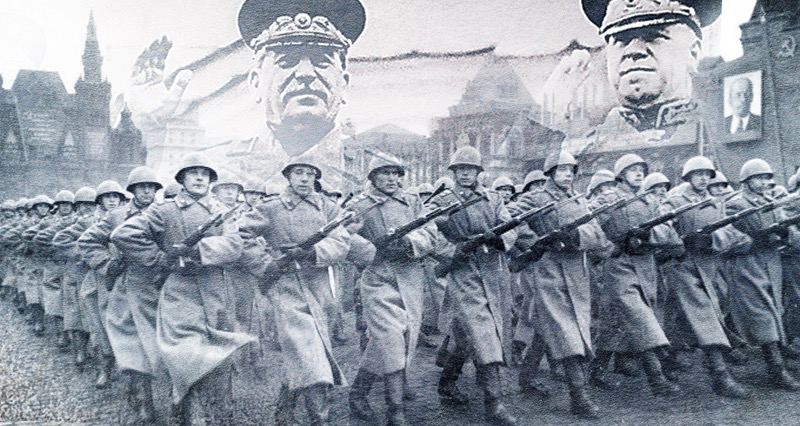
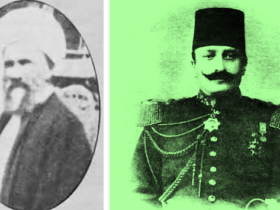
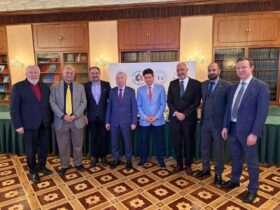
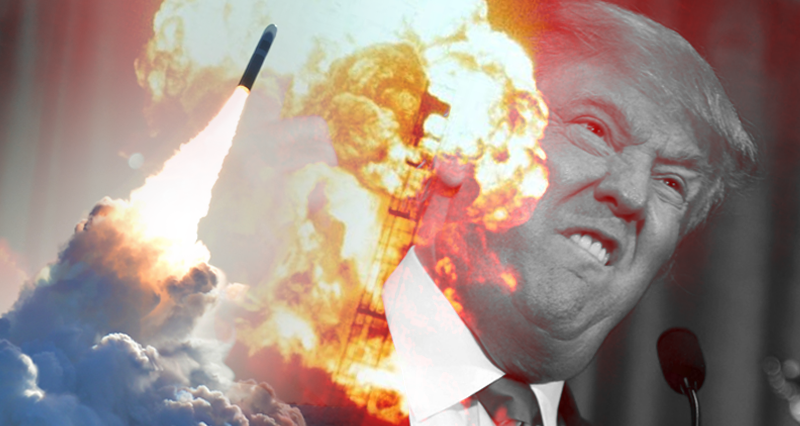
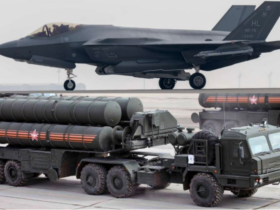
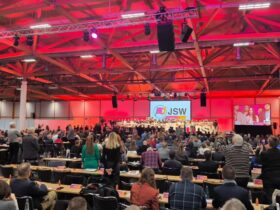


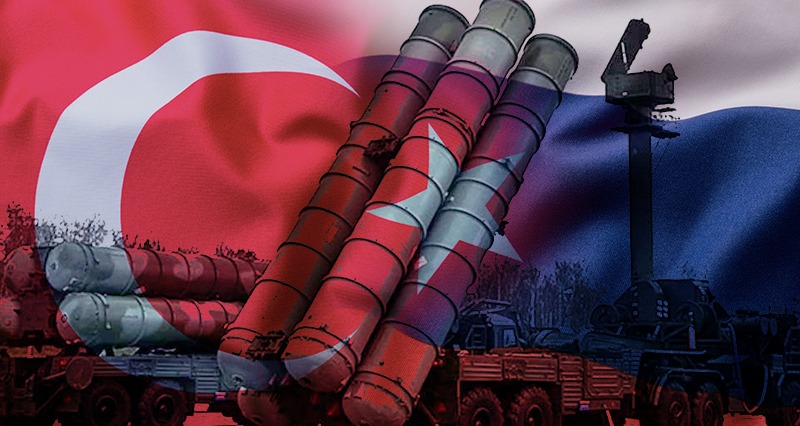
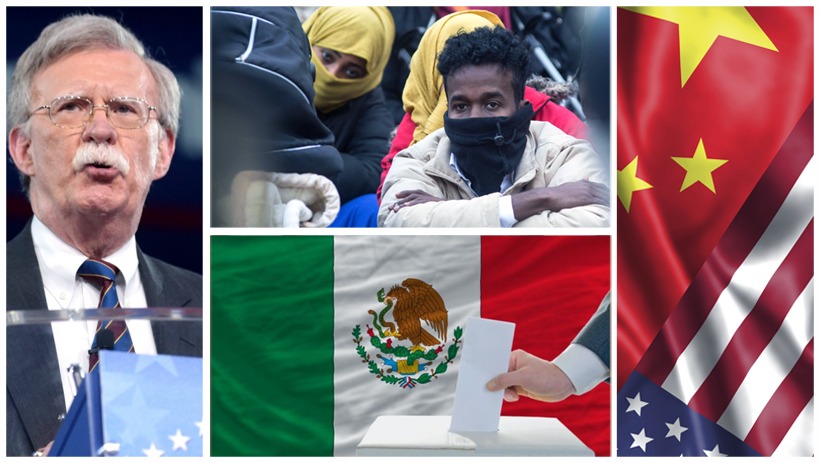
Leave a Reply